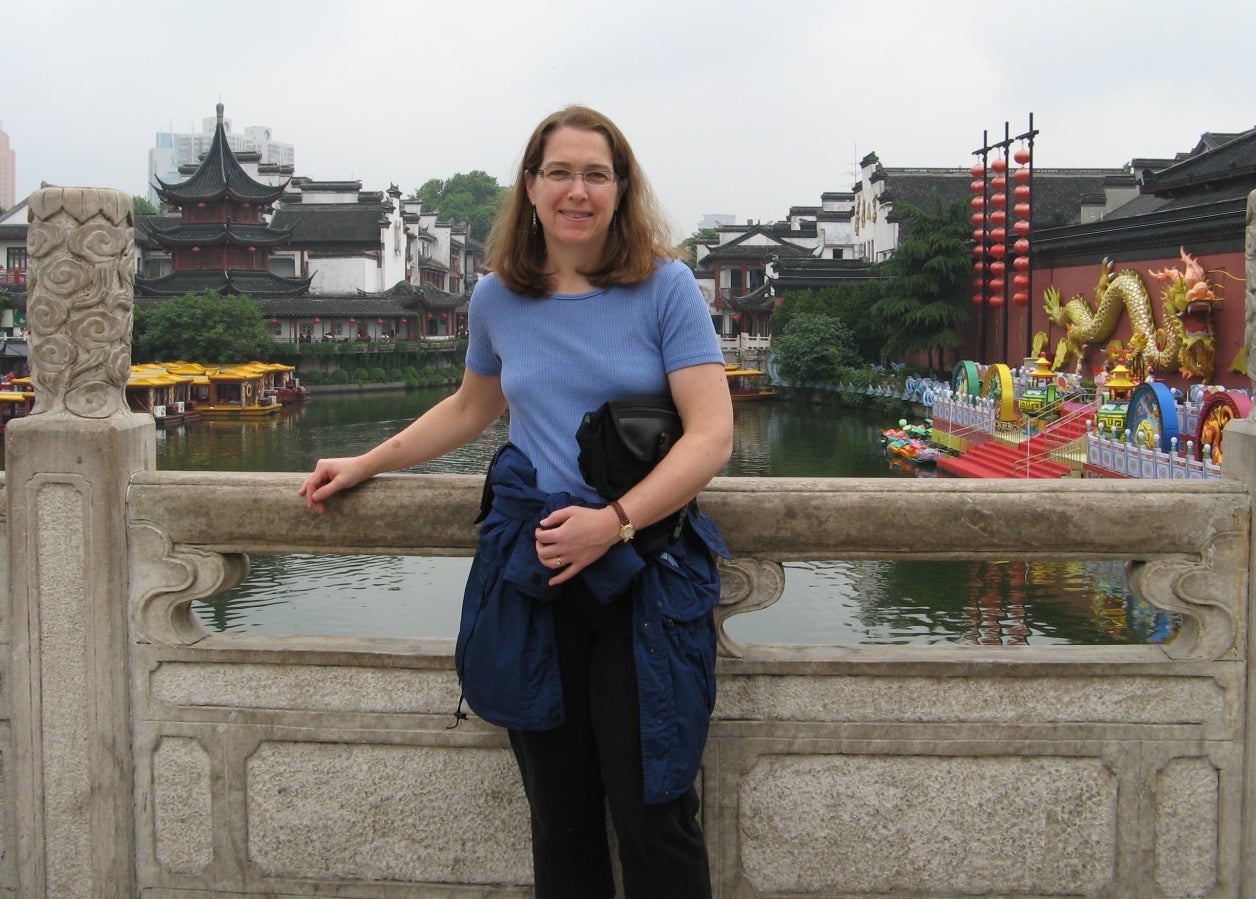
Sue Ann believes that a major problem to overcome is that females shy away from mathematics because they perceive it to be ‘geeky’. “It’s important to make women aware that there are careers in math where you’re interacting with people and where you can have an impact on things that are happening in the world,” she says.
For her part, Sue Ann contributes to the world at large with her work in mathematical biology. In collaboration with several biologists that she met through UWaterloo’s Centre for Theoretical Neuroscience, she is studying the electrical signals passing through the ion channels in the neurons of simple creatures such as the snail and the sea slug. These findings can often be used to make inferences about the properties of the neurons in the human brain. Sue Ann’s work involves building computational models to simulate neural networks or individual neurons so that parameters may be manipulated to predict behavioural patterns.
She was elected Chair of the Department of Applied Mathematics effective July 1, 2012.
Sue Ann is working on a separate project with one of her graduate students, her postdoctoral researcher and a scientist at the Toronto Western Hospital Research Institute, to investigate rhythms in a region of the brain called the hippocampus. "Brain rhythms are basically electrical properties of the neurons, which oscillate at different frequencies depending on the task the brain is performing," she explains. "People are interested in how neural networks generate those oscillations, how they change from one type of oscillation to another and how this relates to changes in the state of the brain."
The virtue of applied mathematics as a concentration is that it offers mathematical solutions to real problems in other fields. It therefore facilitates collaborations between disciplines, and through it, mathematicians can easily make the connection between their work and the concrete result. The learning opportunities that arise are also very unique; according to Sue Ann, background knowledge in the secondary discipline often isn’t a prerequisite to studying in applied math because so much of the learning occurs during the process. All that is necessary is an active curiosity and willingness to learn.
In actual fact, Sue Ann’s initial area of specialization had nothing to do with biology. “I did a lot of work on ordinary differential equations and delay differential equations within the framework of an area called dynamical systems theory,” she remarks. Even at present, some of her graduate students seek her supervision on topics in high-level mathematics that are unrelated to biology.
Sue Ann likes the fact that UWaterloo’s Department of Applied Mathematics is situated within a large faculty, rather than a smaller department of mathematics. This allows a lot of freedom for researchers with diverse backgrounds and interests to branch out into different areas, which is – after all – what applied math is supposed to be about. Says Sue Ann, “I think we have a big advantage because the department is stand-alone. We have our own culture and do what we want to do. People can be interdisciplinary and they don’t feel pressured into proving theorems all the time.”